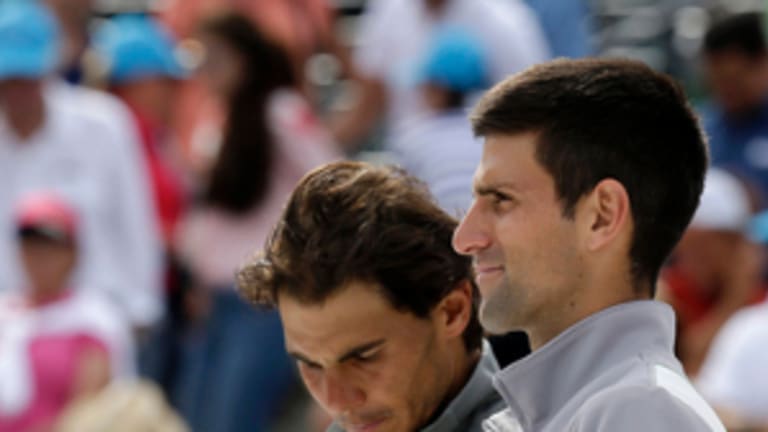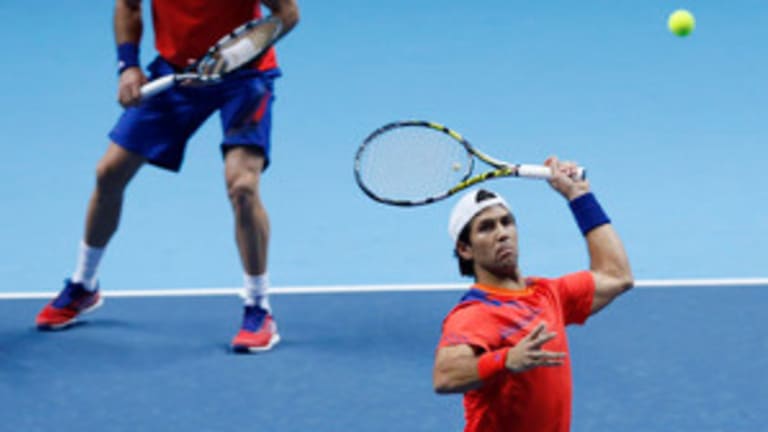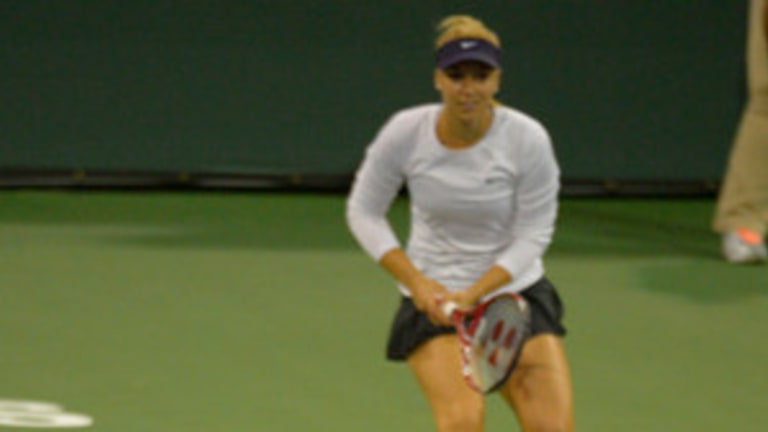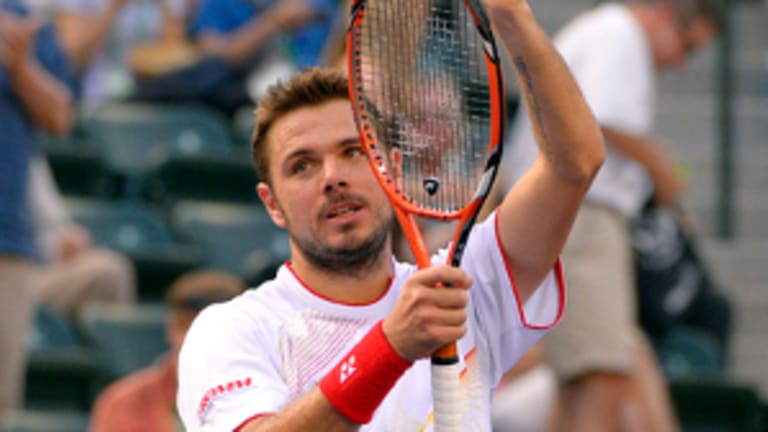The Rally returns this week, with a discussion between TENNIS.com senior editor Richard Pagliaro and myself about the month past, and what it may mean for the two months ahead.
**
Richard,
We've made it through another March, which means we’ve made it through another month of chatter about which tournament is the true—by which I mean fake—fifth Grand Slam. What did you think were the most interesting stories, or topics of discussion? Here are three that have stayed in my mind this week.
—Novak Djokovic proved that in tennis, you have to make your own confidence. He hired Boris Becker to help him with his mental approach, but it really took just one win on his own, with Becker 4,000 miles away, to turn himself around. Until the second set of his Indian Wells final against Roger Federer, many of us were wondering if Djokovic was going to have a tough year. By the time Miami was over, he had played some of the best tennis of his career in routing Rafael Nadal.
—How much better can Li Na get at 32? Carlos Rodriguez has helped her get in better shape and hasn't been afraid to give parts of her game an overhaul. While she has struggled at times, it seems to be working. In Miami, I was impressed with the way she handled her inconsistency; until the final, she didn't let it beat her. Now the battle might be between her new game and her aging body.
—Serena Williams is still the best, and she didn't drop a set to Maria Sharapova or Li in Miami. But after her slow starts there, her early loss in Charleston, and her talk of being fatigued after a "long two years," is there any reason to wonder about her going forward?




